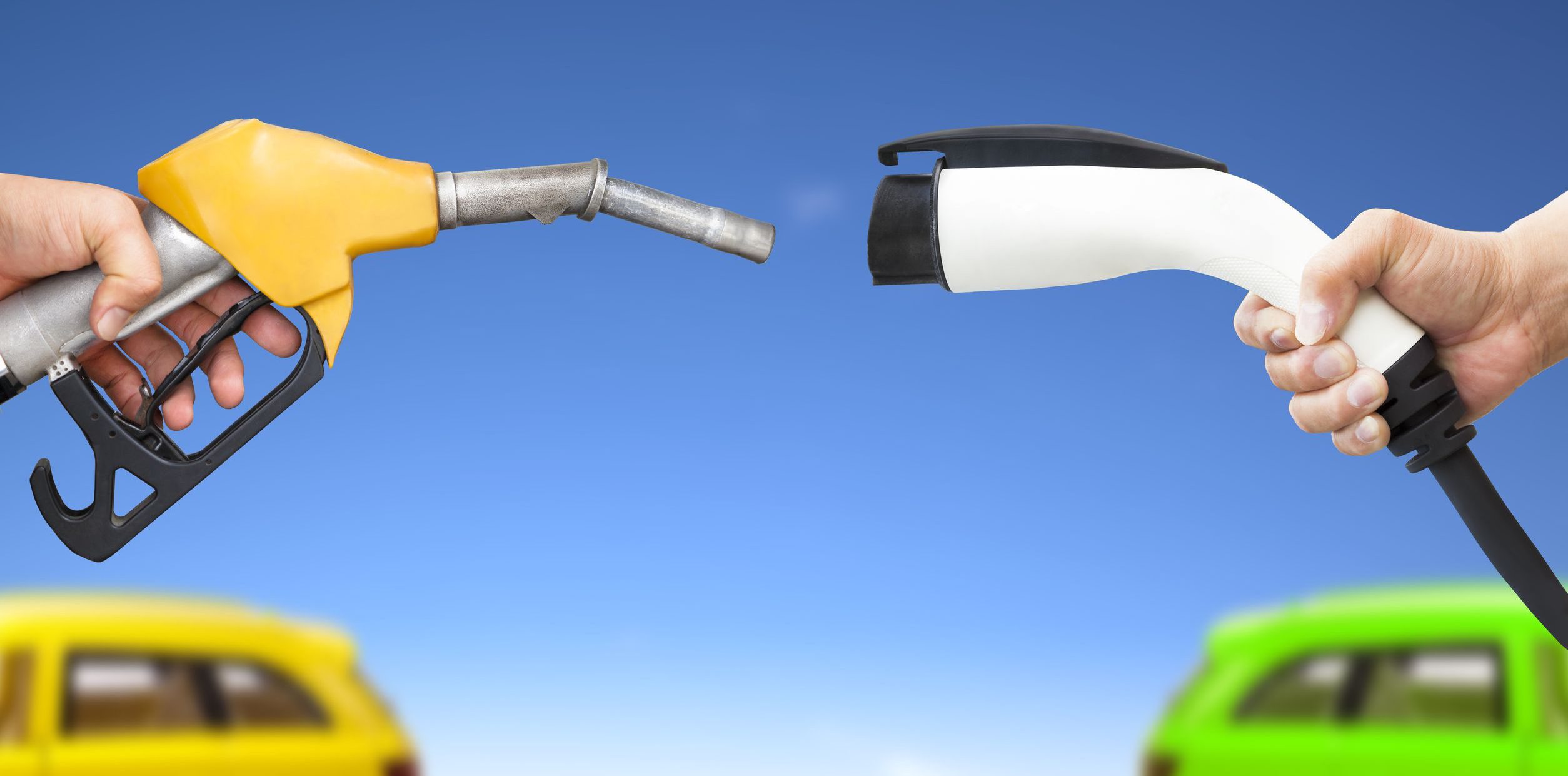
Back in 2012, the Obama administration came to an agreement with US-based automakers to accelerate the industry’s transition to more efficient propulsion systems. They agreed that each automaker should reach a fleet average of 54 mpg by 2025. That would mean for them to produce more efficient gas-powered cars and electric vehicles in order to compensate for their trucks and SUVs.
The EPA reviewed the standard in January before Donald Trump took over and decided to maintain it. But as we recently reported, the automakers have since asked Trump to roll back the requirements and now they are reportedly about to get their way.
The New York Times reports that the Trump administration could announce that they are reopening the fuel consumption standards as soon as Tuesday:
“Any decision by the Environmental Protection Agency and Transportation Department to reopen a review of the regulations could ease the pressure on the industry to meet the current target of 54 miles per gallon for vehicle fleets by 2025.
Individual carmakers may react differently to a rollback of the federal standards. Some companies, for example, will continue to pursue electric car programs, while others may scale back their plans. And over all, the industry is likely to continue to make incremental fuel-economy improvements as new models are introduced, primarily as a selling point to consumers.”
Whether they believe it or not, the automotive industry is transitioning to electric propulsion. Slowly right now, but that’s about to change. Some automakers, like Volkswagen and Daimler, are making more aggressive investments in changing their production capacity of gas-powered cars to battery-powered cars.
The fuel consumption rules would have forced everyone to follow through and accelerate the transition, but some automakers don’t want to pay for the inevitable cost of upgrading their gas-powered car assets to electric vehicle production assets.
In a letter to the EPA last month, Mitch Bainwol, from the Auto Alliance lobbying group, complained about the size of the investment.
“Even under E.P.A.’s optimistic estimates, the automotive industry will have to spend a staggering $200 billion between 2012 and 2025 to comply,”
That’s $15 billion a year split among dozens of car manufacturers and thousands of suppliers in a trillion-dollar industry.
It would be worth mentioning that the EPA’s goal for the mandate is to do its job, which is to protect the environment. The increased burning of fossil fuels is directly linked to global warming and air pollution, which in turn has been directly linked to increases in heart disease, lung disease and brain dysfunction, among many other things.
Considering the consequences, it looks like a small price to pay for a transition that is ultimately inevitable.
FTC: We use income earning auto affiliate links. More.





Comments